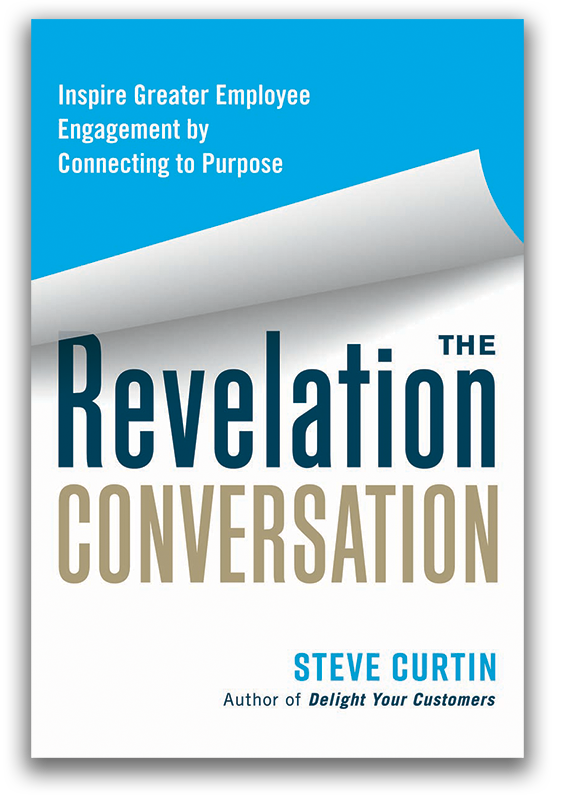I heard a story on the Manager Tools podcast that stuck with me. In the late ‘70s the ch airman of Sony Corp., Akio Morita, noticed a lot of young people walking around carrying a boom box on their shoulder during a visit to New York City. He immediately thought to himself that if Sony could develop a product that was less cumbersome that allowed people to take their music with them, it might do well.
airman of Sony Corp., Akio Morita, noticed a lot of young people walking around carrying a boom box on their shoulder during a visit to New York City. He immediately thought to himself that if Sony could develop a product that was less cumbersome that allowed people to take their music with them, it might do well.
When he returned to Japan, he immediately met with a group of young Sony engineers to share his vision. Those engineers began creating designs which were funneled up through middle management and, later, senior management, before they reached the chairman’s desk. When he looked at the design, guess what he saw?
A boom box!
Perplexed by this result, he re-approached the engineers he had spoken to originally and asked how this could happen. They showed him their original designs (before middle and senior-level managers had corrupted them with their own preconceived notions of what the market needed). As you might expect, their original designs looked a lot more like the product that would become the Sony Walkman® – which went on to sell more than 400M units.
The curse of knowledge is a cognitive bias that causes people to fail to properly understand the perspective of those who do not have as much information as them. When it comes to the curse of knowledge, the perspective of the less-informed individuals (i.e., young engineers) is often referred to as a naïve perspective. This point of view was marginalized by the middle and senior-level managers who relied too heavily on their own myopic view of what the market needed.
You can reduce the curse of knowledge by increasing your understanding and awareness of the bias and identifying the alternate perspectives involved and, importantly, validating them. One practical communication lesson to assist with gaining understanding is the practice of listening to the point of view of another and then, before assessing the opinion or sharing your own, repeat the other person’s perspective to his/her satisfaction. This is key. Only after you have confirmed that the other person feels heard and understood, can you begin to share your own opinion.
Imagine the synergy that may have resulted between the young engineers and the middle and senior-level management groups had this communication norm been present. Thankfully, Chairman Morita, recognized the problem and addressed it. As a result, I wore out that 1982 Tom Petty cassette.



